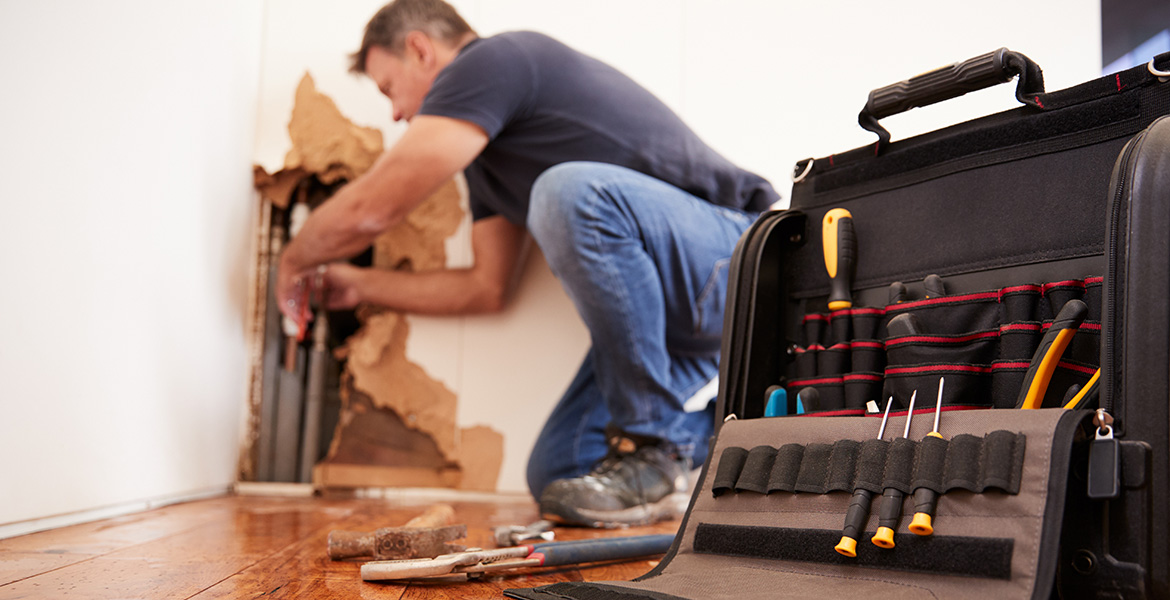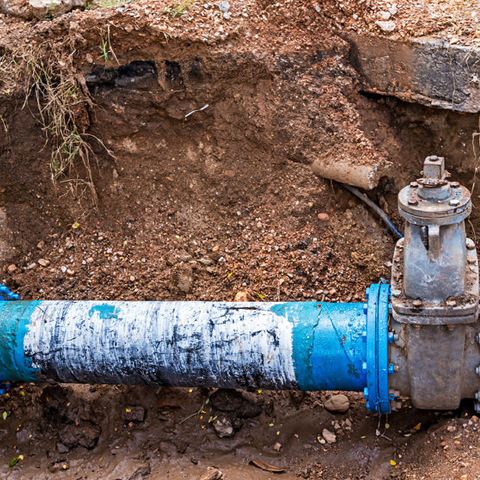From Detection to Correction: A Fast Approach to Handling Burst Pipes
From Detection to Correction: A Fast Approach to Handling Burst Pipes
Blog Article
Almost everyone will have their unique rationale about How to install a dishwasher safely.

A ruptured pipe is a major emergency; you can only stand as you watch water you pay a lot to reunite with the earth. In even worse situations, you notice a swimming pool on your kitchen area flooring, which is an excellent trip threat, particularly if you have youngsters around. If the pipeline that burst remained in your walls, bad news: you might need to paint that entire section.
Exactly how can a disaster like a ruptured pipe be prevented as well as managed? Well, by paying attention to your professional emergency plumbing professionals and adhering to these guidelines.
How do I know when my pipelines have burst?
Fluctuating water stress
Pipes do not just burst in a day. You might have discovered that your kitchen tap or shower doesn't run quickly when you turn the tap. It might pause for a couple of seconds and then blast you with more pressure than normal.
In other circumstances, the water may appear typical at first, after that drop in stress after a few secs.
Wet wall surfaces as well as water stains
Prior to a pipe ruptureds, it will leakage, most times. If this relentless leaking goes undetected, the leak might graduate right into a wide tear in your pipe. One very easy way to prevent this emergency is to look out for damp wall surfaces ad water discolorations. These water spots will certainly lead you right to the leak.
Puddles under pipelines and sinks
When a pipeline bursts, the discharge forms a puddle. It might appear that the pool is growing in size, and also no matter the amount of times you mop the puddle, in a couple of minutes, there's an additional one waiting to be cleaned. Typically, you might not be able to map the puddle to any visible pipelines. This is a sign to call a specialist plumber.
Untraceable dripping sounds
Pipe ruptureds can happen in one of the most undesirable locations, like within concrete, inside wall surfaces, or under sinks. When your home goes quiet, you may have the ability to hear an irritatingly relentless leaking sound. Even after you have actually examined your shower head as well as cooking area faucet, the leaking might continue.
Precious viewers, the dripping might be coming from a pipe inside your wall surfaces. There isn't much you can do about that, except inform an expert plumber.
Turn off the Water
When water ices up, it expands in volume by concerning 9 percent. And it broadens with significant force: The pressure inside pipelines might go from 40 pounds per square inch to 40,000 psi! No pipeline can hold that much stress, so it breaks open. The break may happen where the ice types, yet more often, it occurs where water stress locates a weak spot in the pipe. That might be inches or perhaps feet from the frozen area. Discover the water shutoff valve and also switch off the water to prevent more damages. You could also need to turn off the electrical energy too, depending on where the leaks occurs as well as just how large it is.
Contaminated water
Many people think a ruptured pipe is a one-way outlet. Rather the contrary. As water drains of the hole or tear in your plumbing system, impurities find their way in.
Your water may be contaminated from the source, so if you can, inspect if your water storage tank has any kind of problems. Nevertheless, if your drinking water is provided as well as detoxified by the local government, you need to call your plumber immediately if you see or smell anything funny in your water.
What do I do when I spot a burst pipe?
Your water meter will continue to run even while your water wastes. To reduce your losses, discover the primary controls as well as transform the supply off. The water mains are an above-ground structure at the edge of your residential property.
How to Fix & Detect a Leaking Pipe
How Do I Know if a Pipe is Leaking?
Leak detection tests can help you determine if your pipe has a leak. Even if you don’t see an apparent leak, you should still conduct leak detection tests regularly to save water and money—and prevent major damage to your home.
Water meter. It can be helpful to figure out what your usual water meter usage numbers are and then monitor them regularly. To monitor your meter, first, turn off all water faucets in your home. Check the meter and write down the numbers. In a few hours, check the meter again. If the numbers have changed, you have a leak. Water gauge. Use a water gauge to test your water pressure. Your showerhead should produce a certain amount of water pressure based on its model and design. If the pressure is lower than it is supposed to be for that specific showerhead, your home likely has a leak. Puddles. Look inside your bathroom, laundry, and kitchen sink cabinets. Puddles around the cabinets or around toilets, tubs, showers, and washing machines indicate the presence of a leaking pipe. You may also notice loose tiles, peeling or flaking paint, or mold caused by water accumulation. Napkin test. Even if you don’t see any puddles, you may still have a leak. You can test for water leaks in the bathroom, laundry, and kitchen by wiping below-sink connections with a napkin, paper towel, or piece of toilet paper. If it becomes damp, you probably have a leaking pipe under the sink. Discolored walls. Walls that are discolored—usually with brown or yellow stains—or bulging might mean that they have been impacted by water damage caused by a leaking pipe. Smell. A leaky pipe will create sitting water, and over time, that water may develop a musty smell. If your home smells musty, but you can’t locate the source, it may be due to a leak. Steps for Fixing a Leaking Pipe
A leaky drain can be remedied by tightening the pipe base, replacing the drain seal, caulking the rim, and tightening the pipe nut. Similarly, a leaking toilet pipe can be treated by tightening the packing nut. You may also need to replace the valve. A leaky faucet may just need tightening or replacement of the washers. If that doesn’t work, consider replacing your faucet. If your pipe has a hole in it, you may want to use a pipe leak sealer or pipe leak tape. This quick fix for water pipe leaks can also temporarily fix a copper pipe leak. https://www.ahs.com/home-matters/quick-tips/how-to-tell-if-pipes-are-leaking/

Hopefully you liked our post on What to Know Before Installing a Dishwasher. Thanks a ton for spending some time to read our piece of content. Appreciated our blog posting? Please share it. Let somebody else check it out. Many thanks for your time. Please check up our website back soon.
This Resource
Report this page